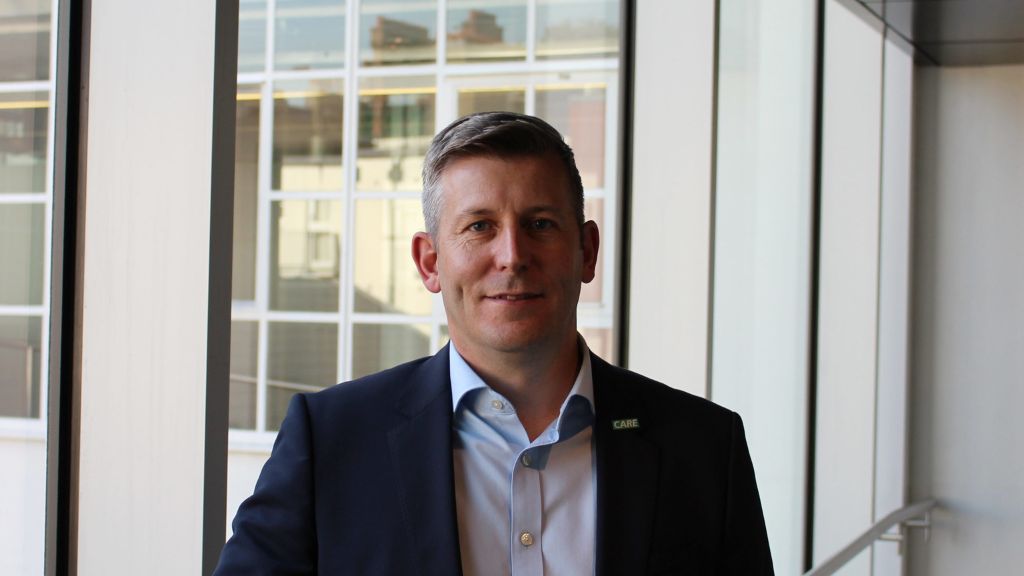Healthcare Summit 2023: Trends in the right direction

Dan Madden, head of sales and marketing at Carterwood, said trends in key trading key performance indicators for care homes are encouraging
Madden shared the Q2 2023 snapshot into elderly care home trading performance from Carterwood’s Collab anonymised data covering occupancy, average weekly fees, funding mix and staffing costs.
Highlighting positive trends across the board, Madden said: “We are going in the right direction, but we are not out of the woods yet.”
Occupancy
Madden revealed occupancy was up 3.9 percentage points year-on-year back to a pre-pandemic level of 87.3%.
Madden said there had been a “really slow painful recovery from the early pandemic level of 78%” back to levels last seen in Q4 2019.
Self-funding
The proportion of self-funding beds in the data sample grew by 3.5 percentage points to 42.5%.
Madden said: “We have seen a steady increase in the proportion of self-funded beds across our data set and that is an effect of operators leaning into the self-funding market when they can.”
Agency/staffing costs
At £270 per bed and below 10% of total staffing costs, agency costs stood at their lowest level since Q3 2021.
Staff costs as a percentage of revenue also fell by 3.8 percentage points year-on-year to 61.4%.
“Agency staff costs reached unprecedented levels during 2022,” Madden noted. “That is starting to come down, partly due to successful overseas recruitment initiatives. The vast majority of operators we speak to have had success with that, though it hasn’t been totally straightforward for everyone.”
Madden also noted the introduction of innovative technology such as digital rostering systems had helped reduce costs.
Average weekly fees
Revealing 10% and 11.8% rises in self-funded nursing and personal weekly fees to an average of £1,463 and £1,099, respectively, Madden said “these are big numbers compared to historic averages,” while highlighting historic fee growth of 5% typically.
Madden said we were living through “extraordinary times” in which operators had “put through quite sizable fee uplifts in response to inflationary cost pressures”.
Fee premiums have been additionally gained for nursing and personal care of 8% and 13% for newest homes, compared with 10-year-old homes; 13% and 16% for Outstanding homes compared with Good; 23% and 14% for 90%-plus wetroom homes compared with en suite.
In addition, Madden revealed baseline local authority fees had gone up by 13.9% for nursing care and 11.6% for personal care, compared with 7.4% and 6.9% in the previous year.
“Self-funded fee increases have been consistent regionally and across asset type and age of home and Care Quality Commission rating,” Madden noted. “It’s not really about the quality of the home, or the size of it, or how new it is. Everyone is facing the same cost pressures.”
Regarding local authority fee rises, he added: “The fair cost of care exercise has been implemented but the numbers still are not sufficient. You would have to have sizeable increases for many years to get to what is acknowledged as the fair cost of care.”
Conclusion
Madden said: “We are not out of the woods yet. There’s a still way to go but we are moving in the right direction. We have still inflationary cost pressures and occupancy challenges coming this winter.”
He added that he expected occupancy to stabilise during the winter: “We’re not expecting fee increases to continue at the rate they have done for the last couple of years. This is an extraordinary period in the sector.”
Madden said he expected fee rises to return to a more typical 6% year-on-year increase, adding there was “ground for optimism about the future”.



